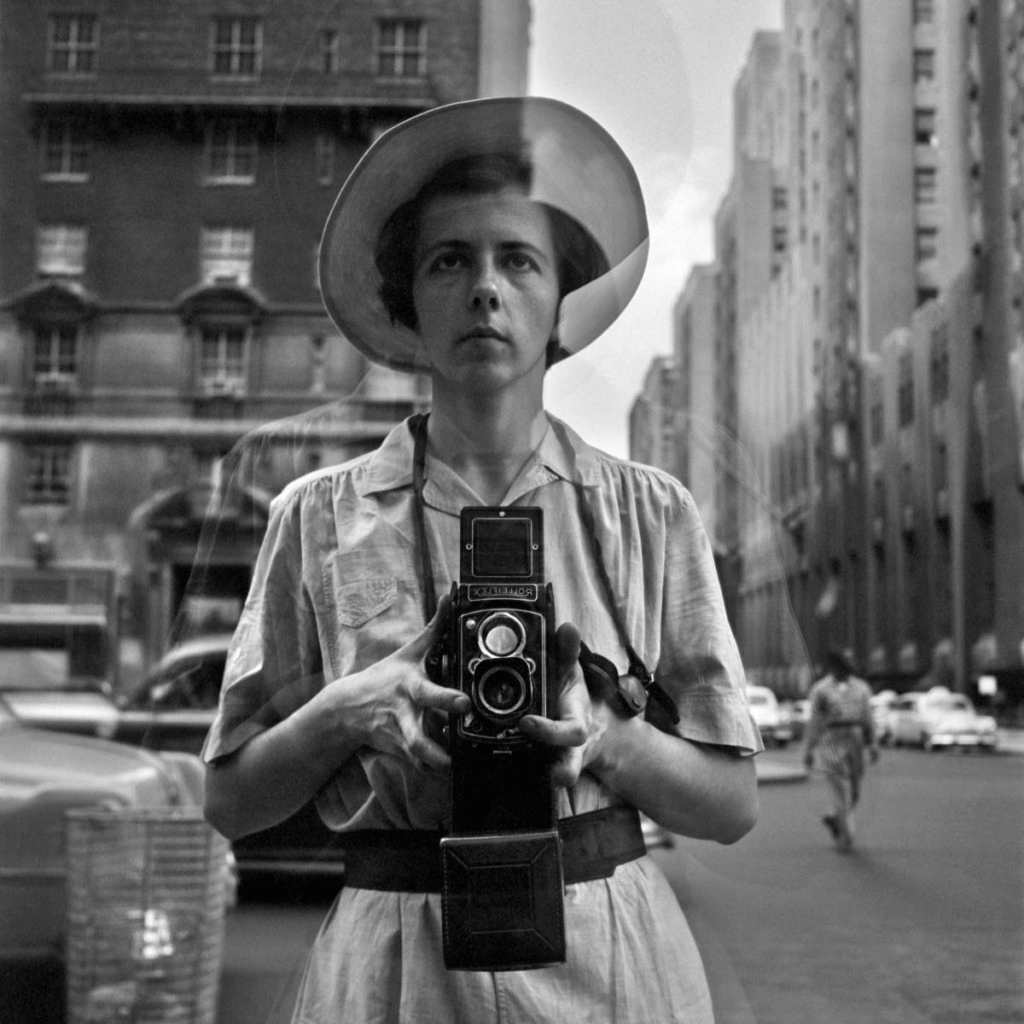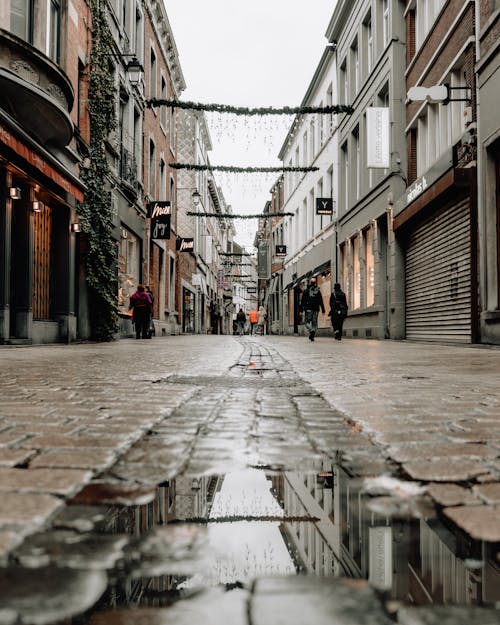What Does Framing Streets Mean?
What Does Framing Streets Mean?
Blog Article
7 Simple Techniques For Framing Streets
Table of ContentsThe smart Trick of Framing Streets That Nobody is DiscussingWhat Does Framing Streets Mean?8 Easy Facts About Framing Streets ShownThe Best Guide To Framing StreetsGetting The Framing Streets To WorkThe Main Principles Of Framing Streets
Digital photography genre "Crufts Canine Show 1968" by Tony Ray-Jones Street digital photography (additionally occasionally called honest digital photography) is photography conducted for art or inquiry that includes unmediated possibility encounters and arbitrary occurrences within public locations, generally with the objective of catching pictures at a definitive or emotional minute by mindful framing and timing. 
Indicators on Framing Streets You Should Know
Susan Sontag, 1977 Road digital photography can concentrate on individuals and their actions in public. In this respect, the road digital photographer resembles social documentary digital photographers or photographers who additionally operate in public areas, yet with the purpose of catching newsworthy occasions. Any one of these professional photographers' images may record people and building noticeable within or from public locations, which typically entails browsing moral problems and regulations of privacy, safety and security, and property.
Depictions of daily public life create a style in nearly every period of globe art, beginning in the pre-historic, Sumerian, Egyptian and very early Buddhist art durations. Art dealing with the life of the street, whether within views of cityscapes, or as the dominant motif, appears in the West in the canon of the Northern Renaissance, Baroque, Rococo, of Romanticism, Realistic look, Impressionism and Post-Impressionism.
Fascination About Framing Streets
Louis Daguerre: "Boulevard du Holy place" (1838 or 1839) In 1838 or 1839 the first picture of figures in the street was taped by Louis-Jacques-Mand Daguerre in one of a set of daguerreotype views extracted from his studio window of the Blvd du Temple in Paris. The second, made at the elevation of the day, reveals an uninhabited stretch of road, while the various other was taken at regarding 8:00 am, and as Beaumont Newhall records, "The Boulevard, so constantly loaded with a moving crowd of pedestrians and carriages was perfectly singular, other than an individual that was having his boots combed.
, who was inspired to undertake a comparable paperwork of New York City. As the city established, Atget helped to advertise Parisian roads as a worthy topic for Visit Website photography.

The Ultimate Guide To Framing Streets
Between 1946 and 1957 Le Groupe des XV every year exhibited work of this kind. Andre Kertesz. Circus, Budapest, 19 May 1920 Street digital photography created the significant material of two exhibitions at the Gallery of Modern Art (Mo, MA) in New york city curated by Edward Steichen, Five French Professional Photographers: Brassai; Cartier-Bresson, Doisneau, Ronis, Izis in 1951 to 1952, and Post-war European Photography in 1953, which exported the idea of road digital photography worldwide.

Not known Factual Statements About Framing Streets
The recording maker was 'a hidden video camera', a 35 mm Contax hidden below his layer, that was 'strapped to the breast and connected to a lengthy wire strung down the appropriate sleeve'. Nonetheless, his work had little modern impact as because of Evans' sensitivities concerning the originality of his job and the privacy of his topics, it was not published up until 1966, in the book Lots of Are Called, with an introduction written by James Agee in 1940.
Helen Levitt, then an educator of young kids, related to Evans in 193839. She recorded the transitory chalk illustrations - Street photography hashtags that were part of youngsters's street society in New york city at the time, along with the youngsters who made them. In July 1939, Mo, MA's new digital photography area consisted of Levitt's operate in its inaugural eventRobert Frank's 1958 book,, was significant; raw and often indistinct, Frank's images questioned traditional digital photography of the moment, "tested all the official rules put down by Henri Cartier-Bresson and Walker Evans" and "flew in the face of the wholesome pictorialism and wholehearted photojournalism of American magazines like LIFE and Time".
Report this page